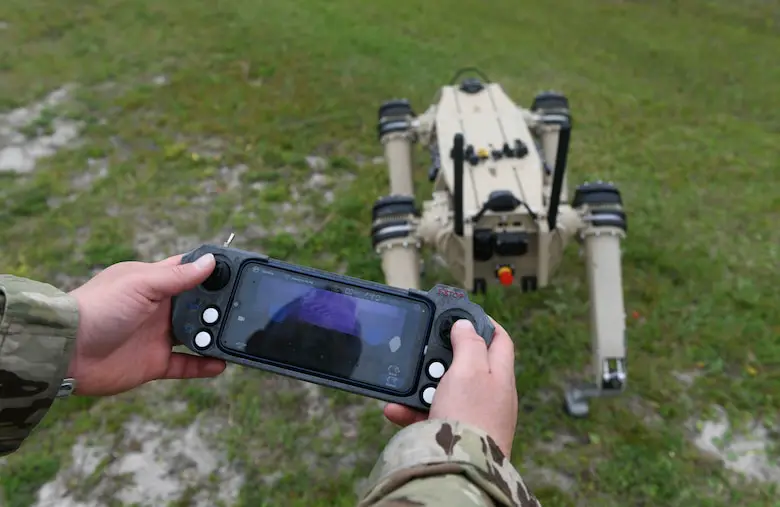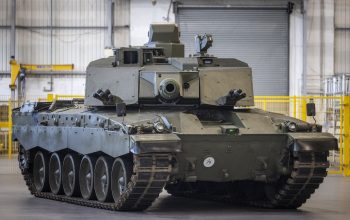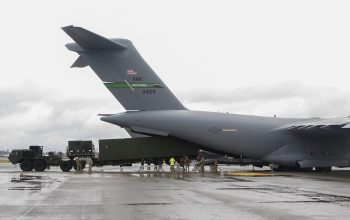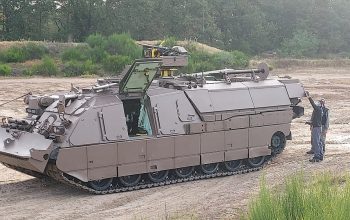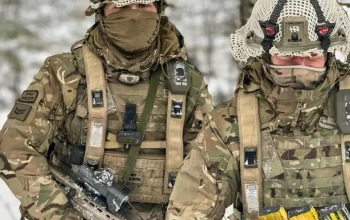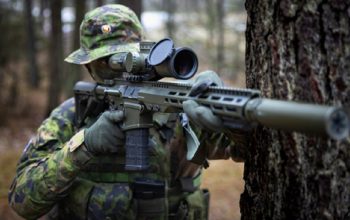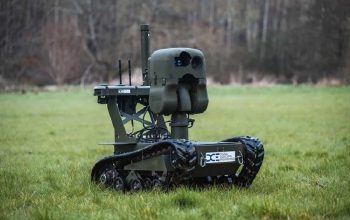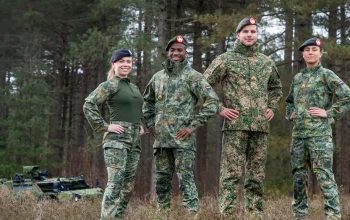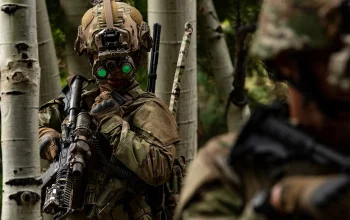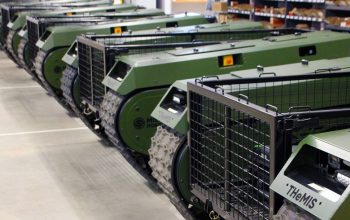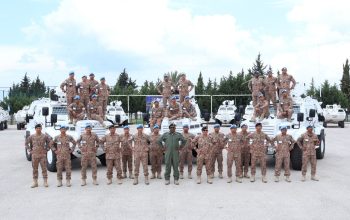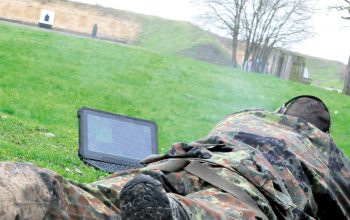The first official semi-autonomous robot dogs were delivered to Tyndall Air Force Base March 22 for integration into the 325th Security Forces Squadron. The purpose of the Quad-legged Unmanned Ground Vehicles, or Q-UGVs, is to add an extra level of protection to the base. The robot dogs, designed by Ghost Robotics and Immersive Wisdom, are the first of their kind to be integrated onto a military installation and one of many innovation-based initiatives to begin at Tyndall AFB, coined the “Installation of the Future.” This new technology has the capability to revolutionize the way base security operates. Tyndall AFB is expected to set the benchmark for the rest of the Defense Department when it comes to Q-UGV usage.
“Tyndall (AFB) is a perfect test base as it was deemed ‘The Installation of the Future,’” said Master Sgt. Krystoffer Miller, 325th SFS operations support superintendent. “Across the base, every squadron has been pushing the envelope of how we do things and expanding our optics of what is possible. One huge attraction piece of the robot dogs is that it’s highly mobile and with the amount of construction we will face over the next few years, it helps us maintain and increase our security posture.”
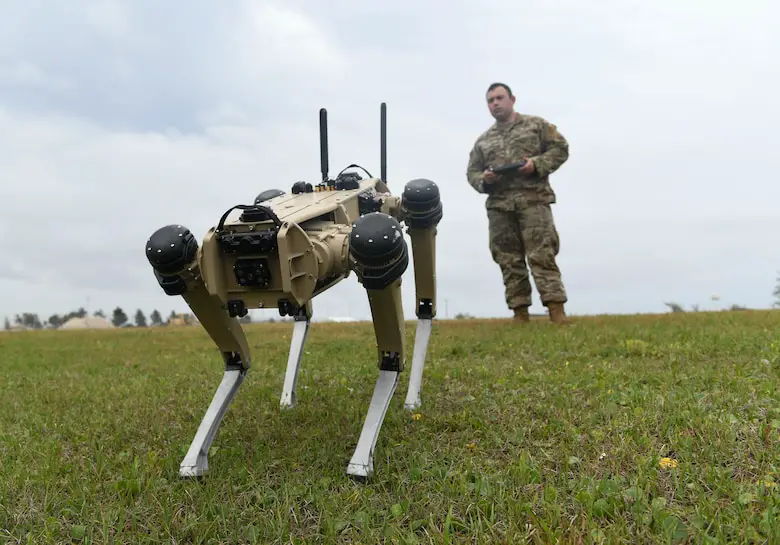
“As a mobile sensor platform, the Q-UGVs will significantly increase situational awareness for defenders,” said Mark Shackley, Tyndall AFB Program Management Office security forces program manager. “They can patrol the remote areas of a base while defenders can continue to patrol and monitor other critical areas of an installation.”
Features applied to the robot dogs allow for easy navigation on difficult terrains. The robot dogs can operate in minus 40-degree to 131-degree conditions and have 14 sensors to create 360-degree awareness. They are also equipped with a crouch mode that lowers their center-of-gravity and a high-step mode that alters leg mobility, among other features. Tyndall AFB’s Program Management Office, the 325th SFS, the 325th Civil Engineer Squadron, Air Force Research Laboratory, communications and other organizations have been working since July 2020 to ensure the Q-UGVs are assembled properly before reaching Tyndall AFB. The installation is considered an ideal base to host the new robot dogs with its ongoing rebuild.
